An amazing set of images from Haiti, 70 days after the big earthquake – “Haiti, 70 days later“.
Tag: geography
Blood Falls: Life in Extreme Environments
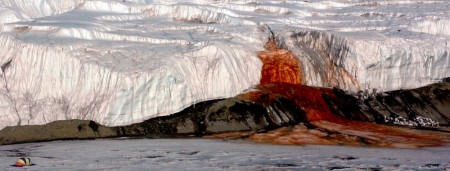
For millions of years, cut off from the atmosphere and the sun by an immense continental glacier, microbes survived in a lake of salty water under the ice. No air and no sunlight means no oxygen, so the water became anoxic and able to dissolve iron out of the rocks and sediment beneath the lake. But sometimes the lake breaches and the iron rich water comes to the surface where it is exposed to the air once again and the iron reacts with the oxygen to form a red mineral, hematite (rust). A template for life on Europa? Maybe. Blood Falls, Antarctica.
[googleMap name=”Taylor Glacier” width=”490″ height=”490″ mapzoom=”2″ mousewheel=”false” directions_to=”false”]-77.773, 163.37[/googleMap]
Peace project gets into the news
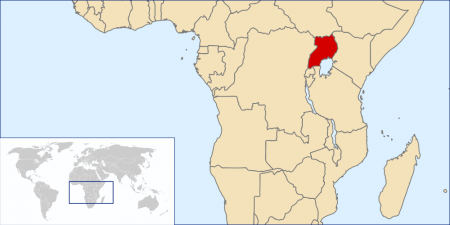
The Examiner, last week, had an article on a Montessori Peace Project in Uganda. US support is run by Carolyn Kambich for the Victoria Montessori School in Entebbe. A few of our students, who are fundraising for the project as a part of their cycle project, got a mention in the article by Ms. Kambich.
Sovereign immunity, universal jurisdiction and human rights
Some argue that despite all the ongoing wars and conflicts in the world today, the trajectory of history is toward expanding human rights. And the people working to bring dictators and human rights violators to account, are at the forefront of this argument.

One of my small groups chose to do a project on Baltasar Garzón as a defender of human rights. Their presentation brought up the fascinating concept of “sovereign immunity”, the idea that the legal government of a country cannot commit a crime, and they cannot be sued or charged in court for anything they do. The idea comes from the historical belief that, by definition, the king (or queen) can do no wrong.
Garzón, a judge in Spain, has also been pushing the limits of the concept of “universal jurisdiction”, by trying to bring to trial leaders from other countries who have been accused of violating human rights by torturing their citizens and committing genocide. People he’s investigating include former dictators from Argentina and, most famously, Chile. What makes it more pertinent right now is that he’s also investigating members of the recent Bush Administration (former attorney general, Alberto Gonzales; lawyer John Yoo, the infamous author of the memos approving torture, and four others).
Garzón is an idealist, which appeals kids who see the world most often in black and white:
It has always amazed me that politicians keep writing international conventions. But then when the time comes to apply one of those laws that have been ratified, they say “the problem is, economic stability, or political stability, could be threatened by the application of this rule.” So what’s the point? Do we ratify the laws in order to apply them or not? – Baltasar Garzón in interview reported in Speak Truth to Power.
Because of the presentation on Garzón yesterday, my ears perked up this morning when I heard the words “sovereign immunity” on the radio. Nina Totenberg reported on a current Supreme Court case where victims of the military dictatorship in Somalia who are living in the US are suing the former prime minister of the Barre dictatorship who is also now living in the US. It is a fascinating case, with broad implications for the prosecution of human rights violators around the world.
NPR article by Nina Totenberg:
War today
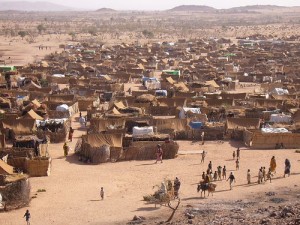
One of the assignments in our discussion of the characteristics of war is to locate wars occurring around the world today. Foreign Policy magazine has a series of photos documenting 33 conflicts raging around the world today (I found the site via the Daily Dish). The focus is on the civilians who typically suffer the most in wars. From pictures of refugee camps in Pakistan to militants in Nigeria to Russian tanks in South Ossetia, the pictures are moving but not too graphic. What’s equally important though, is the brief description of the conflict beneath each picture.
Note: The image above is not from the Foreign Policy but from mknobil
Seeing history through food

Montessori elementary programs approach history from the perspective of the basic needs of human beings. They look at how humans have satisfied the needs for food, shelter, spirituality and so on over time.
A new book by Tom Standage called, “An Edible History of Humanity” looks at human history through food, from how agriculture lead to the beginning of civilization, to the role of spices in the European discovery of the Americas, to how food production shaped the rise and fall of Napoleon, to the effects of the Green Revolution on the world today.
it concentrates specifically on the intersections between food history and world history, to ask a simple question: which foods have done most to shape the modern world, and how?
Spiked Online has a nice review of the book that touches on many of the key points. This book certainly open up a wider discussion of world history. A simplified version would likely be a great addition to the middle school curriculum.
The vivid colors, heart-rending smells and sheer mass of the pyramids of spices in Moroccan markets are a vivid reminder of the importance of the Arab spice trade. The spice mixes I remember in particular, they can consist of over twenty different spices coming from all around the world.
Math map
When introducing the x,y coordinate system using a world map it is most effective if you use the right type of map projection. Most maps use a Mercator projection which stretches thing out as you get closer to the poles. You can see this in how the latitude lines get further apart as you get closer to higher latitudes and Antarctica and Greenland get all stretched out.
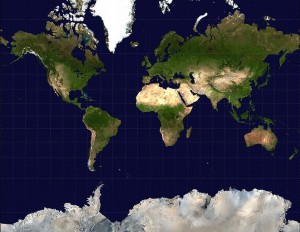
The Mercator map is great for navigation, because if you measure angles on the map (bearings) between two places, you get the right bearing to sail your ship.
The better map to use for demonstrating the coordinate system would have an equirectangular projection, where all of the lines of latitude and longitude are equally spaced. These are harder to find, so I’m posting here a background map with the latitude and longitude marked on it (in 10 degree increments).

Notice the difference in sizes between the maps and the size of Greenland.
I’m also posting here, because it might be useful, a simple linear graph in Excel (or for OpenOffice) that simply plots lines if you enter the equation in slope-intercept form. There are lots of websites that let you do some really cool things (I’ll post about them later), but sometimes the simplest is what you want.
Gay marriage and civil rights
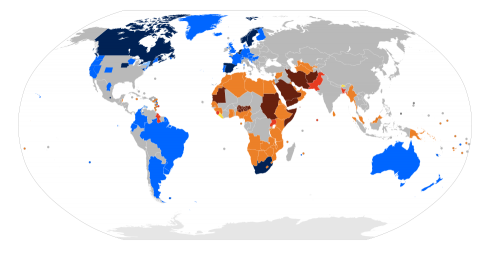
Gay marriage is one of those current issues that allows for a fascinating perspective on civil and human rights. Although in many parts of the US racial discrimination and prejudice are still alive and pertinent, the issue has been decided; arguing for racial discrimination has no place in government policy and in the vast majority of society. The right of gay people to marry, however, still splits the country.
Terry Gross’ NPR interview with reporter Margaret Talbot is an excellent introduction to the topic based around the court case being argued in California right now. It starts with a discussion of fact that one of the lawyers arguing for marriage rights is a conservative, while the other is a liberal. This fact allows for a discussion that is much broader than a simple left-right political argument.
The interview also goes in to the role of the supreme court and its interpretation of the constitution in assuring civil rights for minorities. Loving vs. Virginia, the case striking down bans on interracial marriage, is a precedence that is key to the arguments of supporters of gay marriage.
Gross and Talbot also talk about the “orginialist” position that many conservatives take, where the Supreme Court must interpret the Constitution based on what the people who wrote it believed rather than allowing for the changes that have occurred over the past two centuries.
It’s a fascinating interview, that delves into a number of topics relating to government, courts and human rights, and uses intelligent, challenging, but not impossible language. Our next immersion trip deals with civil rights, and I plan on playing this podcast on the drive to our camping site. I suspect the students may not be too happy about this, but if it puts them to sleep, at least they’ll be well rested when we get to our destination.

